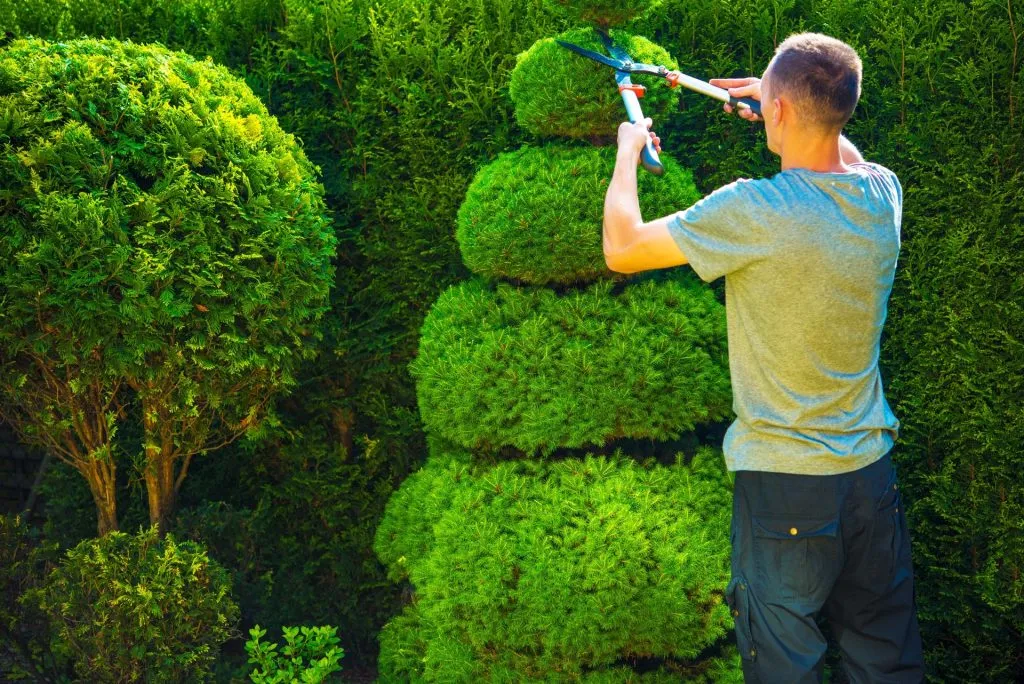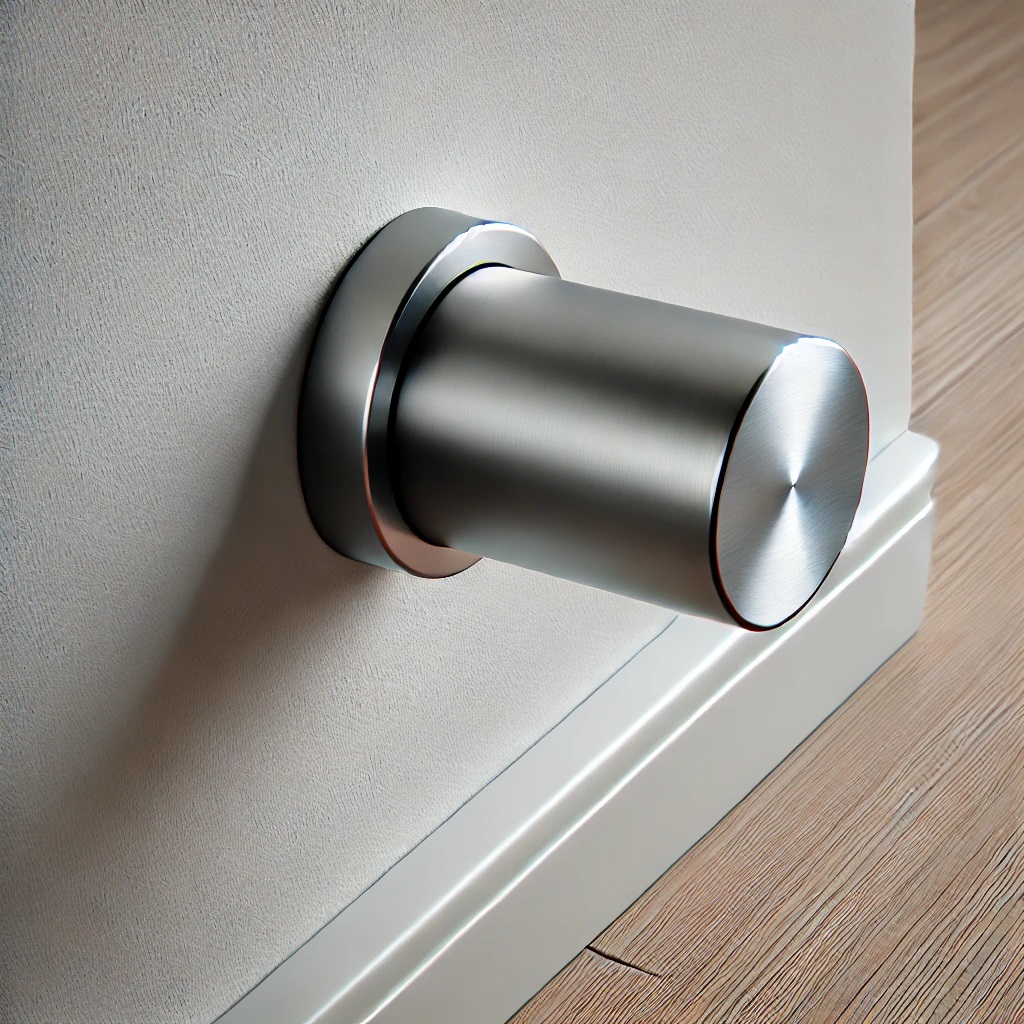Tree Trimming Tips Every Homeowner Needs to Know
Keeping your trees trimmed is essential for a healthy yard. It also makes your property look better and keeps people safe. Many homeowners put off trimming because they think it’s hard. But the truth is, with the right approach, it’s simple and worthwhile.
Tree trimming is more than cutting branches. It requires knowing when, where, and how to cut. If you skip regular care, your trees may grow too dense or become weak. That can lead to broken limbs or even disease.
Let’s break it down and get to the facts.
Why Tree Trimming Is So Important
Trees grow constantly. But they don’t always grow in the best way. Some branches might get too heavy. Others may grow too close to your house or power lines.
Trimming helps trees stay strong. It lets air and sunlight reach every part of the tree. That helps with healthy growth. It also lowers the chance of falling branches.
Another reason to trim is safety. Weak or dead branches can fall without warning. During storms or strong winds, those limbs can break windows, damage roofs, or hurt someone.
Curb appeal matters too. Trimmed trees look tidy and cared for. That makes a big difference when selling a home or just enjoying your yard.
When Is the Best Time to Trim?
Timing matters. The best time to trim most trees is late winter or early spring. At that point, the tree is still dormant. That makes it easier to see the shape and remove what’s not needed.
Trimming in summer is okay if it’s light shaping. Avoid trimming in the fall. That’s when trees are more likely to get infected from open cuts.
Some trees have special needs. Flowering trees, for example, should be trimmed after they bloom. This helps preserve next season’s flowers.
How to Trim Trees the Right Way
Start by looking at the tree’s overall shape. Identify which limbs need to go. Always cut at the branch collar, not in the middle. That’s where the branch meets the trunk or another limb.
Use sharp tools. Clean cuts heal faster. Dull tools leave ragged edges that can attract pests.
Never remove more than 25% of a tree’s canopy in one season. Taking too much can stress the tree.
Focus on these four steps:
- Remove dead or broken branches.
- Cut off branches that rub together.
- Clear out weak or V-shaped joints.
- Thin the crown to let air and light in.
Tools You’ll Need for Tree Trimming
You don’t need a shed full of gear, but a few good tools help:
- Hand pruners for small branches.
- Loppers for thicker limbs.
- Pole saws for hard-to-reach areas.
- Chainsaws for large or damaged branches.
Always wear gloves, safety goggles, and a helmet if working overhead. If you’re not comfortable with tall trees, call a pro. It’s safer and often more cost-effective than dealing with injuries or damage.
Signs Your Tree Needs Trimming
How do you know when it’s time? Look for these signs:
- Branches hang over your roof.
- Dead or dying limbs are visible.
- The tree appears uneven or too dense.
- Branches cross or rub together.
- It’s been more than a year since your last trim.
Trees also talk in their own way. If you see fewer leaves, strange shapes, or signs of stress, trimming might help.
Benefits of Regular Tree Trimming
There are many benefits:
- Healthier trees: Air and light can reach more areas.
- Fewer pests: Dead branches often attract insects.
- Improved safety: Fewer falling limbs mean lower risk.
- Better looks: Trees appear shaped and clean.
- Higher property value: Curb appeal counts in real estate.
Trimming also makes trees live longer. That saves money in the long run by avoiding costly removals.
DIY or Hire a Pro?
Small jobs can be done yourself. But if the tree is tall or near power lines, call an expert. Certified arborists know what to look for. They also carry the right tools and insurance.
Hiring a professional is wise for:
- Large trees
- Hard-to-reach limbs
- Structural pruning
- Emergency trimming after storms
Don’t take risks. Safety should always come first.
Tree Trimming Myths to Ignore
Some myths do more harm than good:
- “Trimming kills trees.” Not true when done right.
- “Only trim when trees look bad.” Prevention is better.
- “More cuts mean better shape.” Less is often more.
- “Fall is a good time.” It’s actually the worst season to trim.
Stick with facts, not old ideas. Your trees will thank you.
Simple Tree Trimming Schedule
Want to stay on track? Try this easy schedule:
- Annually: Inspect all trees for health.
- Late winter: Trim most trees.
- After flowering: Prune blooming types.
- After storms: Check for damaged branches.
Consistency keeps things manageable. You’ll catch problems before they grow.
Conclusion
Tree Cutting and Trimming is one of the smartest ways to care for your yard. It boosts health, adds beauty, and keeps everyone safe. Whether you do it yourself or call in a pro, don’t wait. A little care goes a long way toward making your trees last for years.
Need expert help with tree trimming? Our trained team ensures healthy, safe trees year-round. Call now for a free estimate and keep your yard in top shape today!



